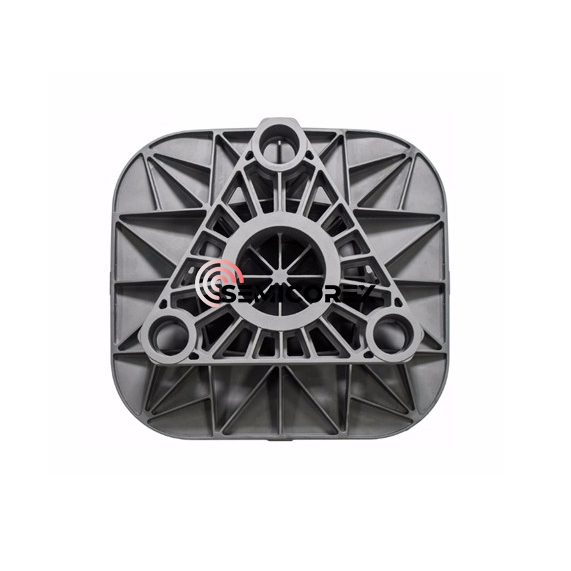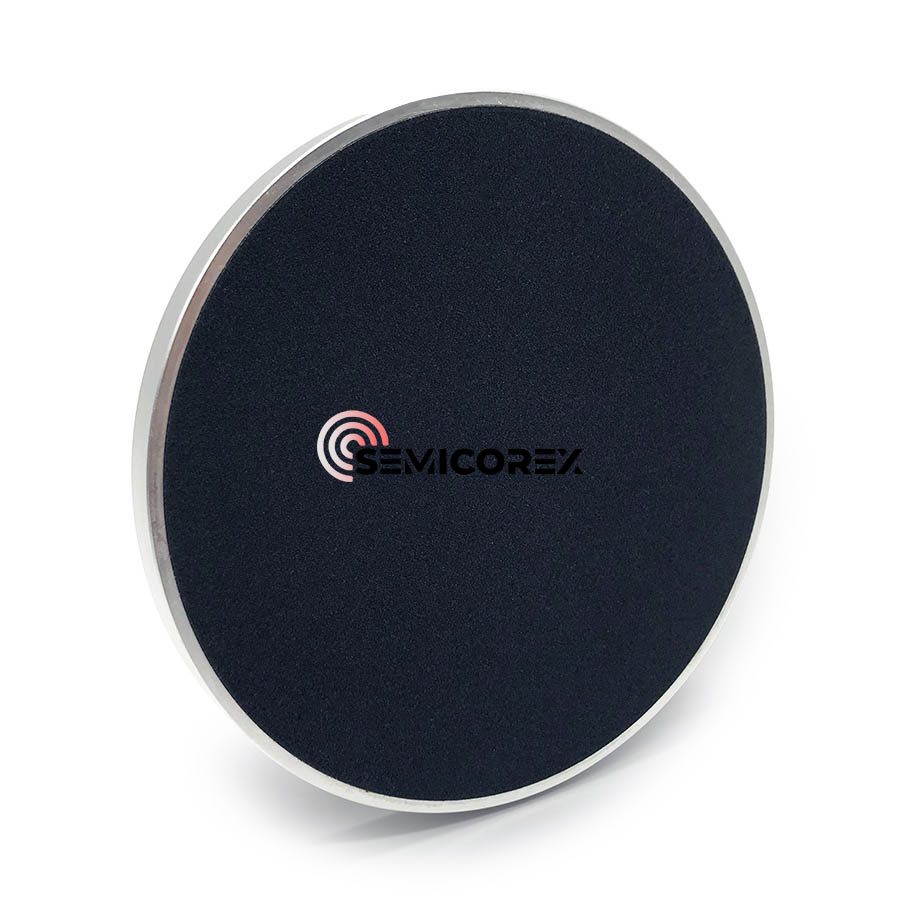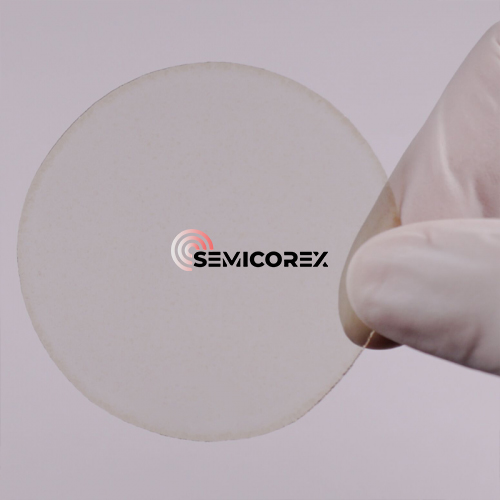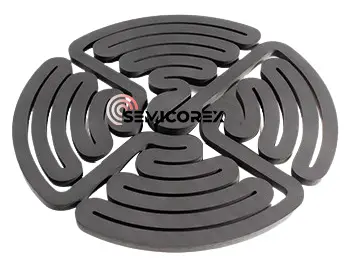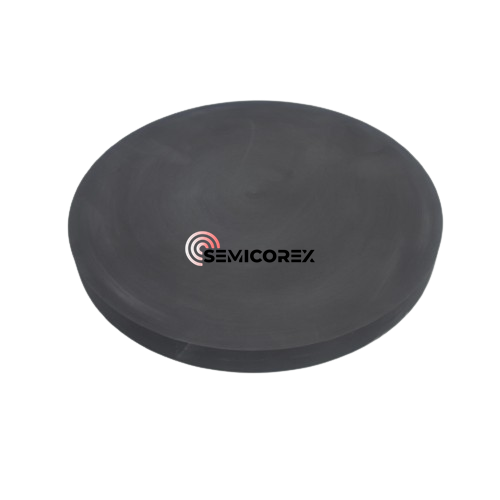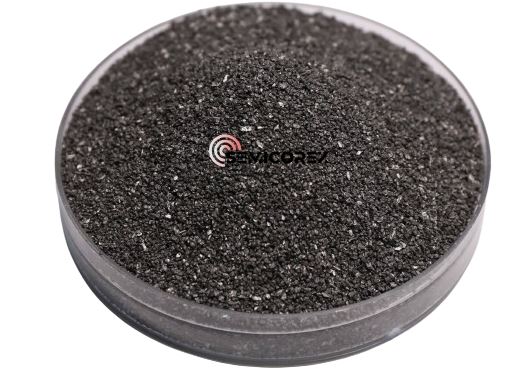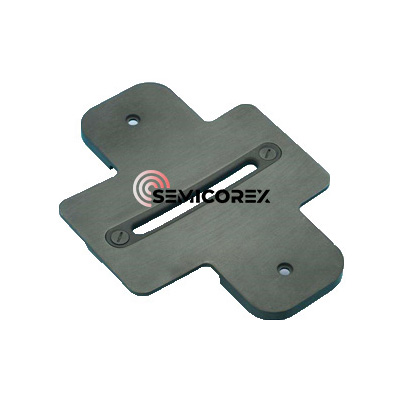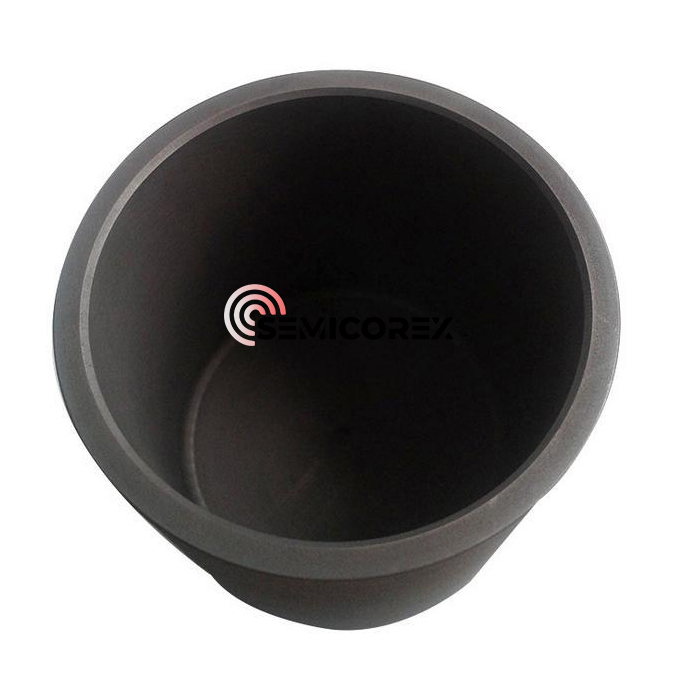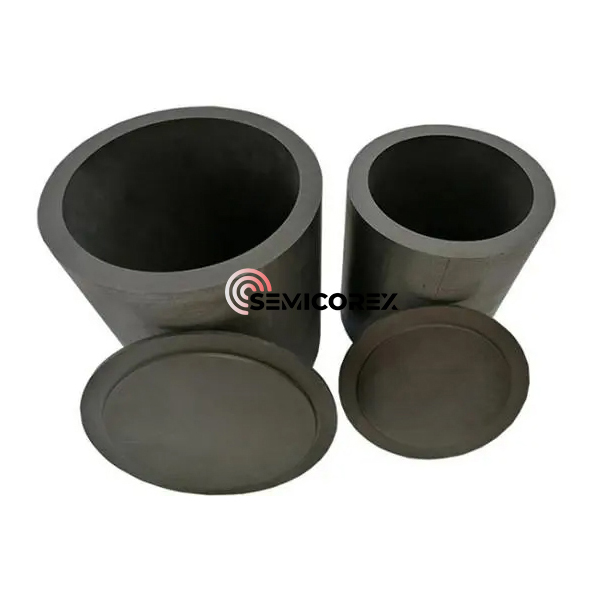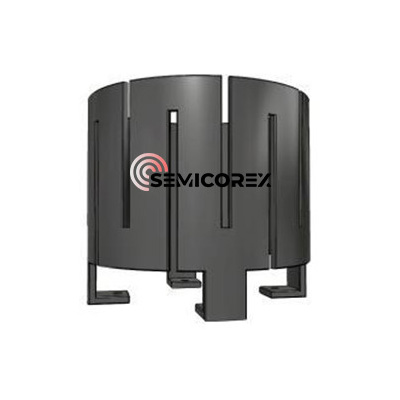
- English
- Español
- Português
- русский
- Français
- 日本語
- Deutsch
- tiếng Việt
- Italiano
- Nederlands
- ภาษาไทย
- Polski
- 한국어
- Svenska
- magyar
- Malay
- বাংলা ভাষার
- Dansk
- Suomi
- हिन्दी
- Pilipino
- Türkçe
- Gaeilge
- العربية
- Indonesia
- Norsk
- تمل
- český
- ελληνικά
- український
- Javanese
- فارسی
- தமிழ்
- తెలుగు
- नेपाली
- Burmese
- български
- ລາວ
- Latine
- Қазақша
- Euskal
- Azərbaycan
- Slovenský jazyk
- Македонски
- Lietuvos
- Eesti Keel
- Română
- Slovenski
- मराठी
- Srpski језик
중국 등방성 흑연 제조업체, 공급업체, 공장
Carbon/graphite material molding essentially involves increasing the density of the powder mixture and ensuring close contact between the aggregate and binder to produce a green body with a desired size, morphology, and minimal machining allowance. The four main molding methods are extrusion, compression molding, vibration molding, and isostatic pressing. Common carbon/graphite materials on the market (for example, charcoal used for household fires) are mostly formed using hot extrusion and compression molding (cold or hot). Isostatic pressing offers superior molding performance.
The principle of isostatic pressing is based on Pascal's law: pressure applied to a medium (liquid or gas) in a sealed container is uniformly distributed in all directions, with the pressure on the surface being proportional to the surface area. Isostatic pressing involves placing a sample, enclosed in a sealed container, within a high-pressure cylinder. Leveraging the incompressible nature of the liquid medium and its ability to uniformly transmit pressure, the sample is uniformly pressed from all directions. When the fluid is injected into the cylinder, the pressure is evenly transmitted in all directions according to the principles of fluid mechanics. The sample in the cylinder is then subjected to uniform pressure in all directions.
Due to the isostatic pressing method, isostatically pressed graphite exhibits excellent isotropy, with properties independent of shape, size, or sampling direction. The material possesses a dense microstructure, high mechanical strength, high surface hardness, and oxidation resistance. Strong performance and high-temperature resistance; the material has excellent thermal shock resistance and is less susceptible to cracking under rapid cooling and heating conditions.
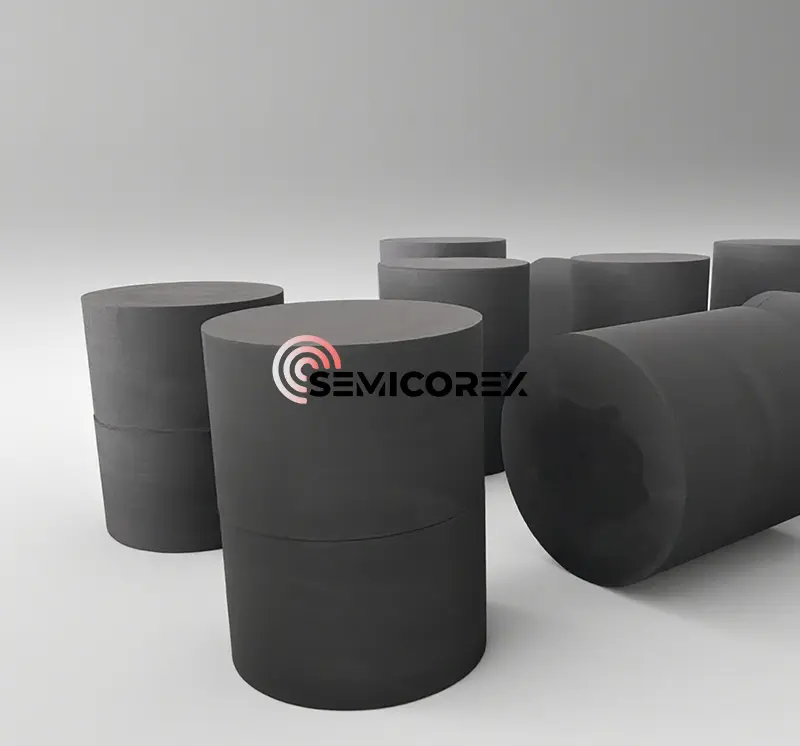
1. Isotropy
Different molding methods result in different properties in different directions. This is primarily reflected in resistivity, thermal conductivity, mechanical properties, and thermal expansion coefficient. The general measurement method is to sample the product perpendicular to and horizontally from the pressure surface, measure the properties separately, and then divide the smallest value by the largest value to obtain the isotropy ratio.
Traditional carbon/graphite products exhibit significant anisotropy, i.e., the properties of the product are different in the directions perpendicular to and horizontal to the pressure surface. The corresponding difference in performance is generally greater than 1:1.1, hence the term anisotropy. In many cases, this difference is fully exploited, and the greater the difference, the better. Examples include graphite electrodes for steelmaking and brushes for motors. Many applications, such as EDM and single-crystal silicon thermal field applications, increasingly require carbon/graphite products to exhibit isotropy (with an orientation ratio within the 1:1.05 range).
2. Large Dimensions
The market is increasingly demanding larger product sizes. For example, single-crystal silicon products have grown from 6- and 8-inch sizes to 12-inch sizes. The size of graphite materials used in thermal fields is also increasing. This is also increasing. Similar trends are seen in other related industries. Graphite for EDM, continuous casting, and nuclear reactors also requires large-scale products. This is difficult to achieve using molding and extrusion methods. The primary problem with large-scale product production is calcination cracking, and the larger the product, the higher the chance of calcination cracking.
3. Fine Structure
As a structural material, it requires high physical and chemical properties. On the one hand, the finer the particle size of the carbon particles that make up the carbon/graphite material, the denser its texture and the higher its mechanical strength.
Isostatically pressed graphite is widely used in semiconductor manufacturing processes. It is used in graphite components for the hot zone of single crystal growth furnaces, such as crucibles, heaters, flow guides, and insulation covers; and in graphite components used in epitaxial processes.
- View as
결정 성장용 도가니
결정 성장용 Semicorex 도가니는 반도체 장치 제조의 기본인 제어된 단결정 성장을 달성하는 데 없어서는 안 될 요소입니다. 이 도가니는 반도체 부문의 엄격한 표준을 충족하도록 세심하게 설계되어 모든 응용 분야에서 최고의 성능과 효율성을 보장합니다. Semicorex는 품질과 비용 효율성을 융합한 고성능 결정 성장용 도가니를 제조 및 공급하는 데 전념하고 있습니다.
더 읽어보기문의 보내기용융용 등방성 흑연 도가니
용융용 Semicorex 등방형 흑연 도가니는 재료 밀도와 기계적 특성을 향상시키는 등방압 프레싱 기술을 사용하여 생산됩니다. 그 결과 반도체 공정에서 일반적으로 발생하는 극한의 온도와 부식성 환경을 견딜 수 있을 뿐만 아니라 장기적인 내구성도 제공하는 용기가 탄생했습니다. 도가니의 견고성은 성능 저하 없이 반복적인 열 순환을 처리할 수 있도록 보장하여 확장된 작동 기간 동안 일관된 성능을 제공합니다. Semicorex는 품질과 비용 효율성을 융합한 고성능 용융용 등방성 흑연 도가니를 제조 및 공급하는 데 전념하고 있습니다.
더 읽어보기문의 보내기사파이어 크리스탈 성장 히터
Semicorex 사파이어 크리스탈 성장 히터로 정밀 열 관리 역량을 강화하세요. 최적의 성능을 위해 세심하게 설계된 이 히터는 결정 성장 작업에서 우수한 요소로서의 역할을 확고히 하는 SiC 레이어 통합을 자랑하며 고효율과 신뢰성을 모두 촉진합니다. Semicorex는 고성능 사파이어 크리스탈 성장 히터를 제조 및 공급하는 데 전념하고 있습니다. 품질과 비용 효율성을 융합한 제품입니다.
더 읽어보기문의 보내기
